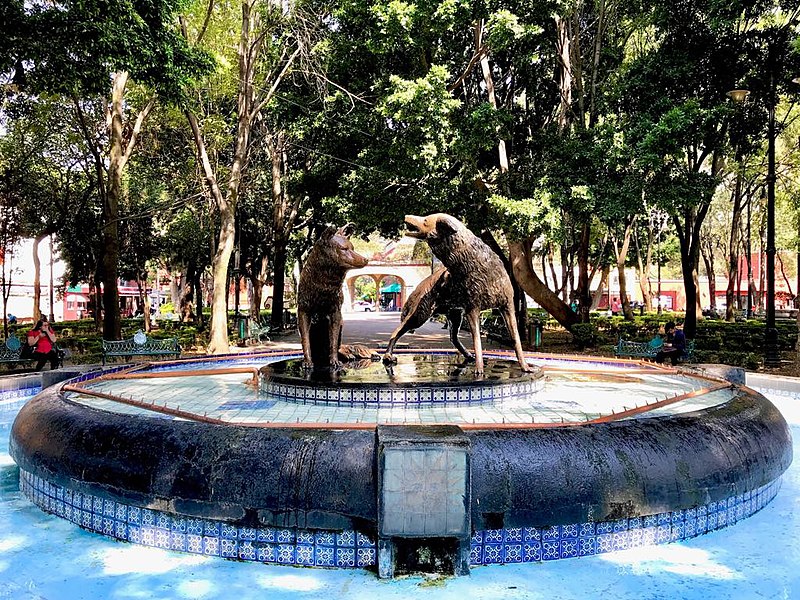
_
The Jardín Centenario is the park at the very center of the Centro de Coyoacán. For centuries, it was the atrium of the San Juan Bautista church and monastery. This is noted in the gates at the entrance to the former atrium, which are at the head of what is today the Avenida Francisco Sosa. This was once known as the San Ángel Road, for it ran directly to San Ángel.
The park is today far better known for the fountain of the coyotes by sculptor Gabriel Ponzanelli (1942-2019). This is particularly lively, and has come to serve as a self-identifying symbol for the entire community. Ponzanelli also created the three bronze sculptures in the Parque Frida Kahlo just a few blocks away.
The Jardín Centenario opened under its new name in commemoration of the first 100 years of Mexican independence. This was under the presidency of Porfirio Díaz in 1910. Since then, it’s grown to be essentially the meeting place, if not the the very heart and soul of Coyoacán. We’ve put together a guide to the rest of the sites and attractions in and around the Centro de Coyoacán. You can read that here.
 http://www.coyoacan.df.gob.mx/
http://www.coyoacan.df.gob.mx/
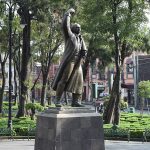
0.15 kms.
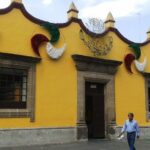
0.18 kms.

0.28 kms.
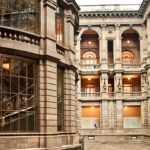
The National Art Museum in Mexico City's Centro Histórico is always going to be a holiday highlight.

Mercado La Paz is one of the oldest continually operating public market places in the city, great place for lunch!

Bellas Artes has long been an iconic symbol of Mexico City's culture, artistry, and the performance arts.
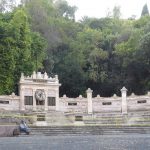
A quiet sun-dappled hemicycle in Chapultepec remembers the fallen in battles near and far.